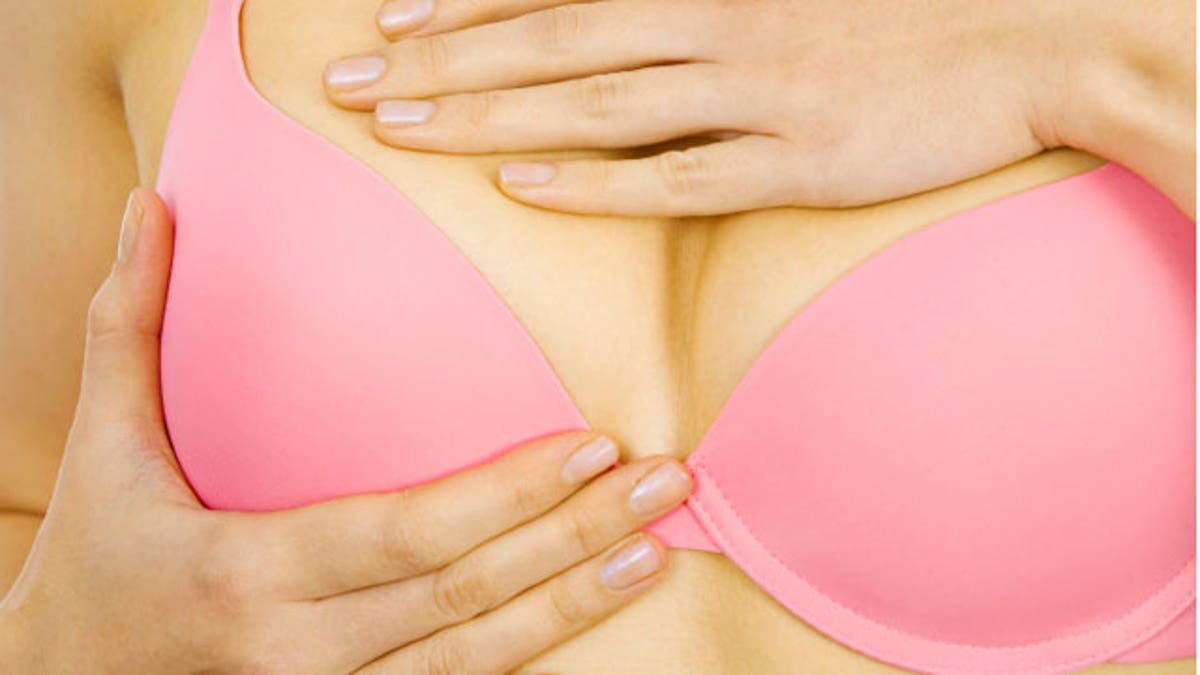
(iStock)
Although breast self-exams can be life-saving, doing them every month is just one more time consuming, anxiety-provoking task on your to-do list.
Feel for lumps in the shower, then stand in front of the mirror, then lie down and feel again. Use this kind of motion, that type of pressure. Repeat every month.
Kudos to you if you are making the time, but if you’re only doing them occasionally, that’s ok too.
“The very rigid and structured monthly breast self-exam that you take very seriously, has kind of gone by the wayside,” said Dr. Alyssa Dweck, a board-certified obstetrician and gynecologist and co-author of “V is for Vagina.”
Although major health organizations previously recommended women do breast self-exams every month without fail, studies show they don’t improve survival odds and may even increase the amount of unnecessary biopsies.
Experts agree breast self-exams are a good idea but it’s more important to know what your breasts look and feel like rather than worrying too much about what method to use.
“We think it’s important for women to know what’s normal for them so they would recognize a change if a change occurred,” said Susan Brown, a registered nurse and managing director of health and mission program education at Susan G. Komen.
So regardless of when and how often you do a breast self-exam, here are some tips:
• Do the breast self-exam when your period ends so your breasts are less likely to be tender or swollen.
• Stand in front of the mirror and raise your arms above your head, then lower them at your sides. Look for any differences in your breasts.
• Use the pads of your fingers to feel for lumps, bumps and tender spots. You can do it in the shower, sitting or lying down.
• Use an up and down, circular or wedge (start at the outer edge of the breast and move towards the nipple and back again) motion. It doesn’t matter which one you use but do the same one each time so you know what’s normal.
• Feel under your armpits for enlarged lymph nodes.
Here are some changes to look for and talk to your doctor about:
• Nipples that retract or are pulled in. For some women, this is normal and no reason to worry.
• A lump, hard knot, or thickening in the breast or the underarm.
• Dimpling or puckering of the skin anywhere in the breast.
• An unusual rash or a rash that looks like an orange peel.
• A sudden change in the size or shape of the breasts. It’s normal for breasts to be asymmetrical.
• A clear or milky discharge from the nipple (other than breast milk). It’s not usually a sign of cancer and might be a sign of an elevated level of the hormone prolactin. Nevertheless, tell your doctor.
• Spontaneous grey, black, dark green or bloody nipple discharge.
• Swelling, warmth, redness, or darkening of the skin.
• An itchy, scaly sore or rash on the nipple.
• New pain in one spot of the breast that doesn’t subside.
